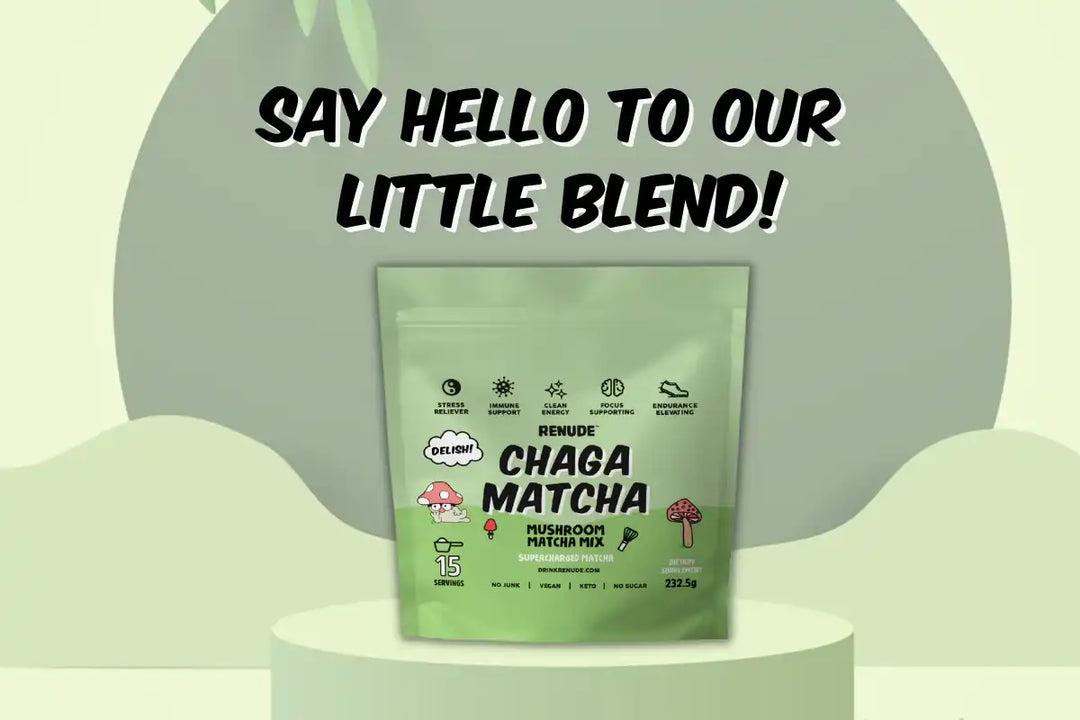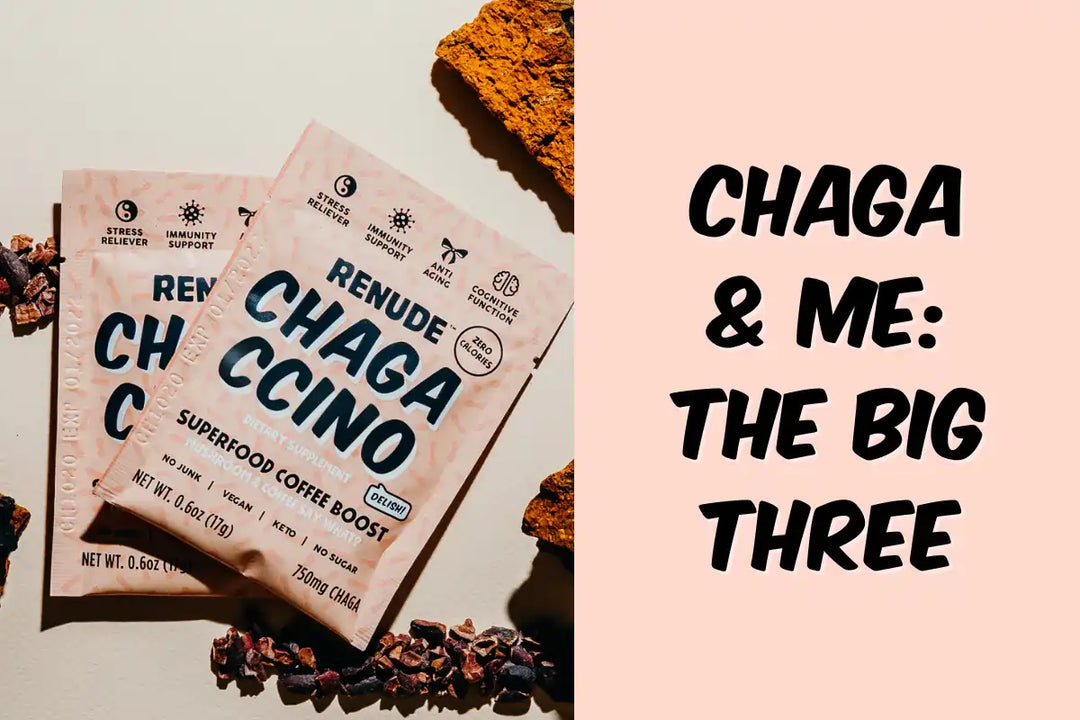ACID, ALKALINITY, AND YOU
Once upon a time there was a sixteen year old girl who couldn’t live without her XXL Dunkin’ Donuts vanilla swirl latte. Every morning when the girl woke up, she’d stretch her arms out as far as they’d reach and greet the chirping birds with a delightful shut up. Desperate for a fresh cup of coffee, girl would roll out of bed into the outfit she prepared the night before, brush the cocoa puffs out of her teeth, and floor it to the nearest place that could fill her airbags with caffeine and cream.
I would straight up murder to be able to drink my beverages the way I used to drink them. My body, like yours and yours and yours, changes over time, which includes my stomach’s tolerance to chugging creamy coffee without an immediate trip to gag land.
Coffee is acidic. Like beer and orange juice, too much coffee can make your esophagus prone to unwanted stomach acid which can result in the sexy sensation called acid reflux. The absolute pits. If I had a dollar for every time my stomach-gurgles pulled up to the party, I’d have enough dollar’s to buy coffee for everyone at the party (assuming the person who threw the party is moderately-popular).
So there’s this thing called the pH scale, which basically measures the level of acidity and alkalinity in the human body. Apparently our bodies are meant to maintain a balance of the two, so when we drink too much coffee, which clocks in on the more acidic side of the scale, it’s only natural that our bodies fall out of whack.
All our bod’s are different. Some may consume foods high in alkalinity (cabbage, cucumbers, lettuce, blueberries) which make drinking lots of coffee a breeze. But for those who live a bit more on the wild side and consume things high in acidity (cheese, pork, pastries, beef, beer, the works), you might have a tougher time. No shade to coffee. There’s a reason I still drink it, and it totally has benefits of its own. But if you’re someone (like me) who wants to have their cake and eat it too, there are many ways you can balance that out.
Here’s a few:
- Choose darker roasts
- Cold brew > hot
- Increase brew time, like using a french press
- Opt for a coarser grind
- Brew at a lower temperature
- Add a dose of adaptogens, AKA a baggie of Chagaccino
Chaga is one of the top alkaline foods studied in modern food medicine ~thus far~. It contains extremely high amounts of three alkaline minerals—potassium, rubidium, and stable cesium—which makes it the easiest solution to counteract the acid that is naturally in coffee. All you’ve got to do is brew your stuff the way you’d normally brew it, pour in a bag, stir, and let the acid and alkaline do their thing.




